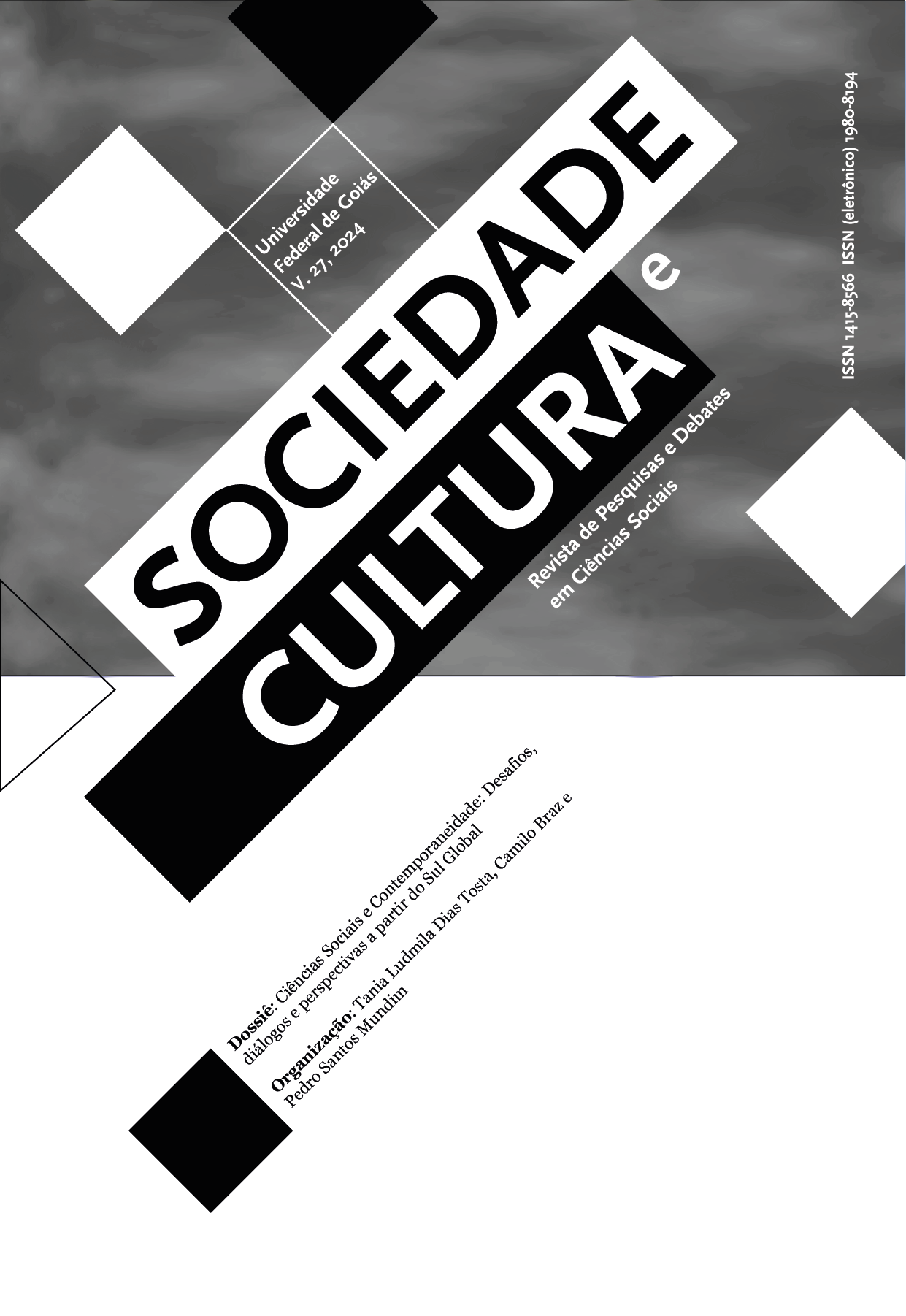The individual between trials and dispositions
DOI:
https://doi.org/10.5216/sec.v27.77399Abstract
With the Modern Era emerges a new notion of human nature that places the individual at the center, as an independent and autonomous being in their actions, confronted with structures that oppress them. This helped give rise to the social sciences, which analyzed various aspects of this structure. However, from the independent and autonomous individual, there has been a transition to an almost social automaton. With classical theories no longer able to account for the increasing diversity of variables to explain social action, theories have emerged that place the individual at the center; no longer as an atom of society, or as programmed hymenoptera, but as the point of intersection where the structure most clearly manifests itself. Among these theories, Bernard Lahire’s theory of dispositions and Danilo Martuccelli’s theory of individuations stand out. This article aims to present and discuss these theories, seeking differences and, primarily, convergences, opening the possibility of thinking about the individual between trials and dispositions.
Downloads
Downloads
Published
How to Cite
Issue
Section
License
Copyright (c) 2024 Sociedade e Cultura

This work is licensed under a Creative Commons Attribution 4.0 International License.
Authors who publish in this journal agree to the following terms:
- Authors retain the copyright and grant the journal the right of first publication, the work being simultaneously licensed under the Creative Commons Attribution License, which allows the sharing of the work with acknowledgment of authorship and of the initial publication in this journal;
- Authors are authorized to enter into additional contracts separately, for non-exclusive distribution of the version of the work published in this journal (eg, publishing in an institutional repository or as a book chapter), with acknowledgment of authorship and of the initial publication in this journal;
- Authors are allowed and encouraged to post and distribute their work online (eg, in institutional repositories or on their personal page) at any point before or during the editorial process, as this can bring productive change as well as increases the impact and the citation of the published work (see O Efeito do Acesso Livre).



